As you may know, we recently conducted a customer survey and one of the questions we asked people was whether they had saved water or money as a result of installing waterless urinals.
We know that achieving savings is one of the main reasons why people install waterless urinals and our survey results backed this up, with 43% of respondents saying they were motivated to install waterless urinals in order to reduce their costs and 64% saying they wanted to reduce their water consumption.
The good news is that 75% of respondents agreed that their organisations had saved water by switching to waterless urinals however a quite a few respondents told us that they weren’t sure whether they’d actually saved money or not. Indeed, as we looked through the responses it became clear that many people were unsure how best to quantify the savings they were making. Some only looked at savings in terms of water use, whereas others took a much more holistic view.
With that in mind I thought it would be useful to outline some of the main ways in which installing waterless urinals will save you money. Saving water is a big part of it, but it is only a part of it. There are many other ways that waterless urinals will save you money too.
Saving water from urinals flushing
As a general rule of thumb, 80% of the savings you make when you install waterless urinals will be as a result of the water savings. However, it can sometimes be tricky to determine exactly how much water you’re saving. In an ideal world your urinals would be separately metered and so you’d be able to measure your savings precisely, however in reality this is rarely the case. As one respondent put it, “It’s not easy to measure as we’re a very large organisation and the waterless urinals are not separately metered.”
Typically, organisations can save up to 100,000 litres of water per waterless urinal per year, when compared to a traditional flushing urinal. Obviously that depends a bit on how often the flushing urinals are flushed and how that flush is calibrated. The water used to flush a single urinal can vary from 29m3 to 235m3 per year. How much that costs depends on how much the water company in your area charges. This can vary from around £1.50 per cubic metre to over £5 per cubic metre. We have some examples elsewhere on our website of the water savings that some of our typical clients have achieved.
Saving water from cleaning
One of the key differences between waterless urinals and flushing urinals is the way that they are cleaned. Typically, cleaners use a lot of water when cleaning flushing urinals. With waterless urinals, however, they should not use any water at all. Putting water down waterless urinals damages them and can lead to problems with odour (we’ve recently written here about the importance of correct cleaning). Obviously, this is a small saving when compared to the water that’s used to flush the urinals but it’s still worth considering as all these costs add up, particularly if you have a large number of urinals onsite.
Saving on maintenance costs
Assuming your waterless urinals are looked after correctly then your maintenance costs will be much lower than the cost associated with maintaining flushing urinals. Odours and blockages are a fact of life with traditional urinals but with waterless urinals, assuming they’re maintained according to instructions, can be completely odour and blockage-free. That’s why it’s absolutely critical to ensure that correct cleaning and maintenance protocol is observed. There’s more information elsewhere on this site about how to ensure your waterless urinals stay odour-free.
Saving cleaners’ time
Another area of saving to consider is that of cleaning costs. This can also be hard to quantify precisely but is something worth considering. The cleaning protocol for waterless urinals is much quicker and simpler than that for traditional flushing urinals. Simply put, all your cleaners need to do is spray the urinals with a suitable cleaning solution (we recommend MB ActiveCleaner) and gently wipe the urinal with a soft cloth. No scrubbing, brushing or vigorous cleaning required. That means your cleaners can clean more urinals in a shorter amount of time.
Saving cleaning materials
For best results, as just mentioned, we recommend using MB ActiveCleaner to clean your waterless urinals. There’s more information on why this is the best cleaning solution elsewhere on this website. An additional benefit of using MB ActiveCleaner is that it is far more economical than other cleaning solutions. MB ActiveCleaner is supplied as a concentrate which, when cleaning urinals, you dilute at a one to twenty ratio. This means that one bottle of MB ActiveCleaner will last for approximately four months when used on four urinals being sprayed twice per day.
Saving money on masking odours
If you have traditional flushing urinals then the chances are that you’re also having to spend money on odour-masking substances such as air fresheners, scented oils and room deodorisers in order to keep your urinals smelling good. In contrast, if you clean and maintain your waterless urinals correctly then they are guaranteed to stay odour-free.
Overall, the savings associated with waterless urinals can be very significant, both in terms of water saved and money saved. If you’re thinking of installing waterless urinals and would like some advice regarding how to estimate how much water you will save then let us know – we would be happy to help.




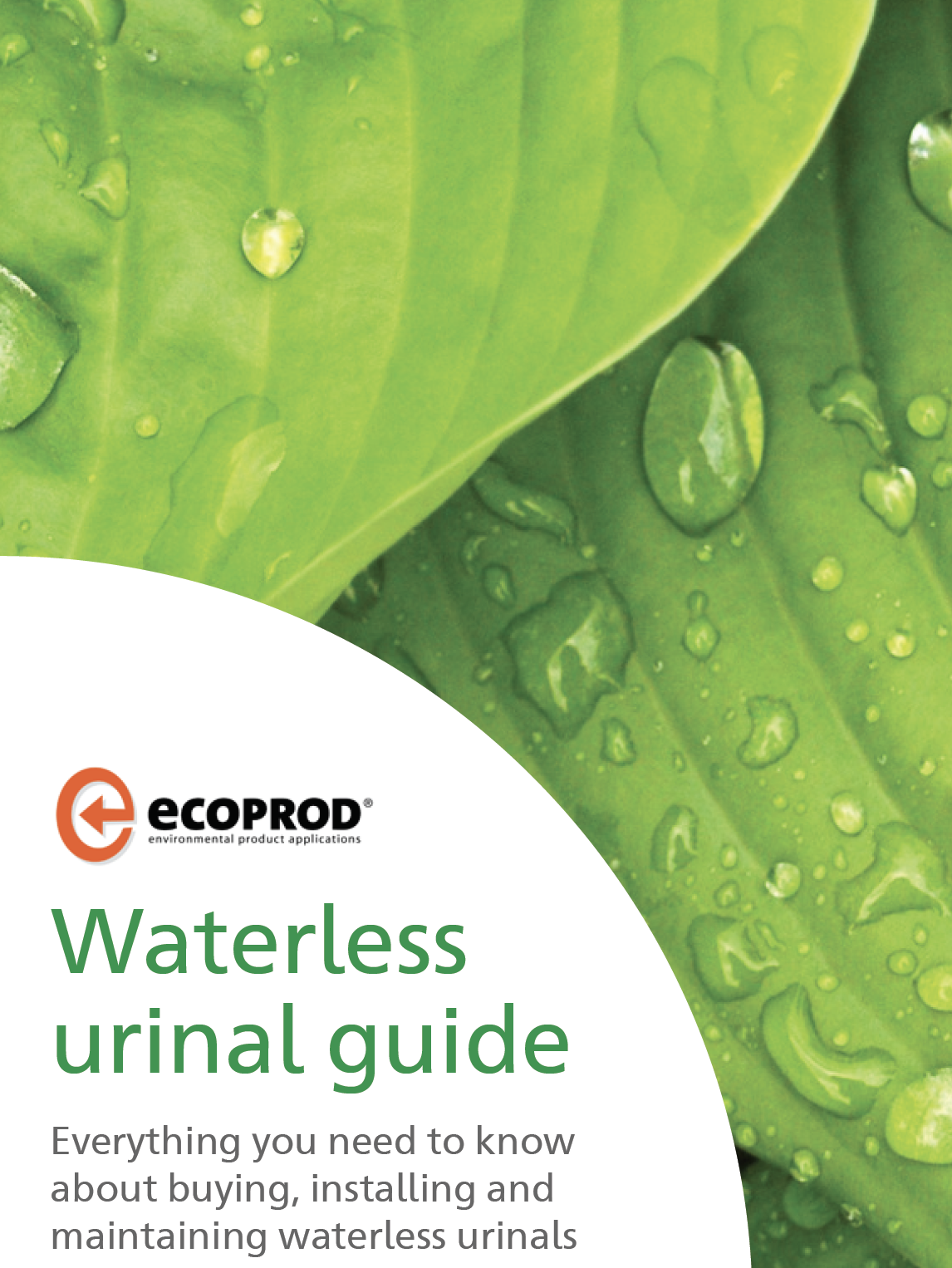
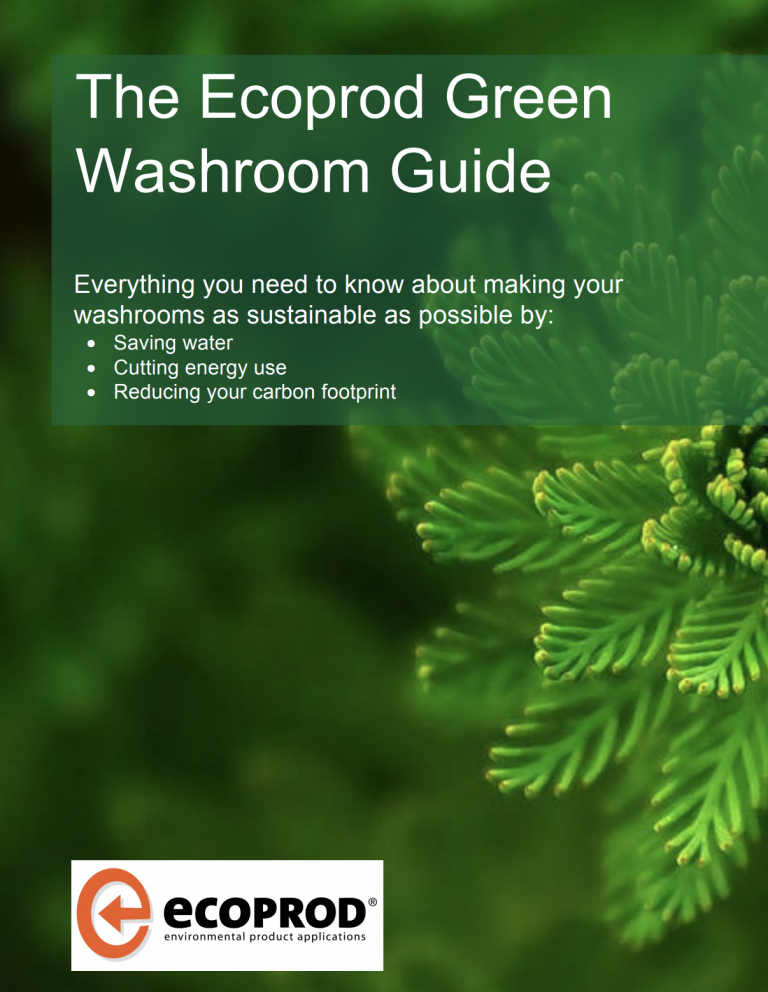
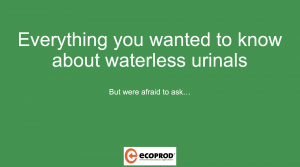
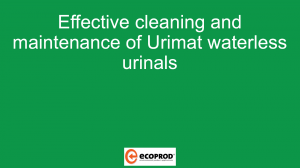





 For the last 8 years Robert Summer – Head of International Sales and Marketing – has developed structured distribution network worldwide for CONTI+ brand. The products offer great benefit for washrooms and shower rooms for public, semi-public and health sector. Today, sustainability, hygiene and smartness are key to CONTI+ solutions. Robert lives the brand and its USPs and loves to support and motivate his team on a daily basis.
For the last 8 years Robert Summer – Head of International Sales and Marketing – has developed structured distribution network worldwide for CONTI+ brand. The products offer great benefit for washrooms and shower rooms for public, semi-public and health sector. Today, sustainability, hygiene and smartness are key to CONTI+ solutions. Robert lives the brand and its USPs and loves to support and motivate his team on a daily basis.




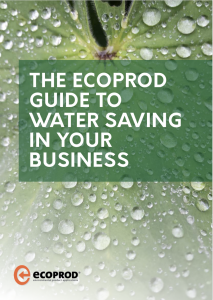
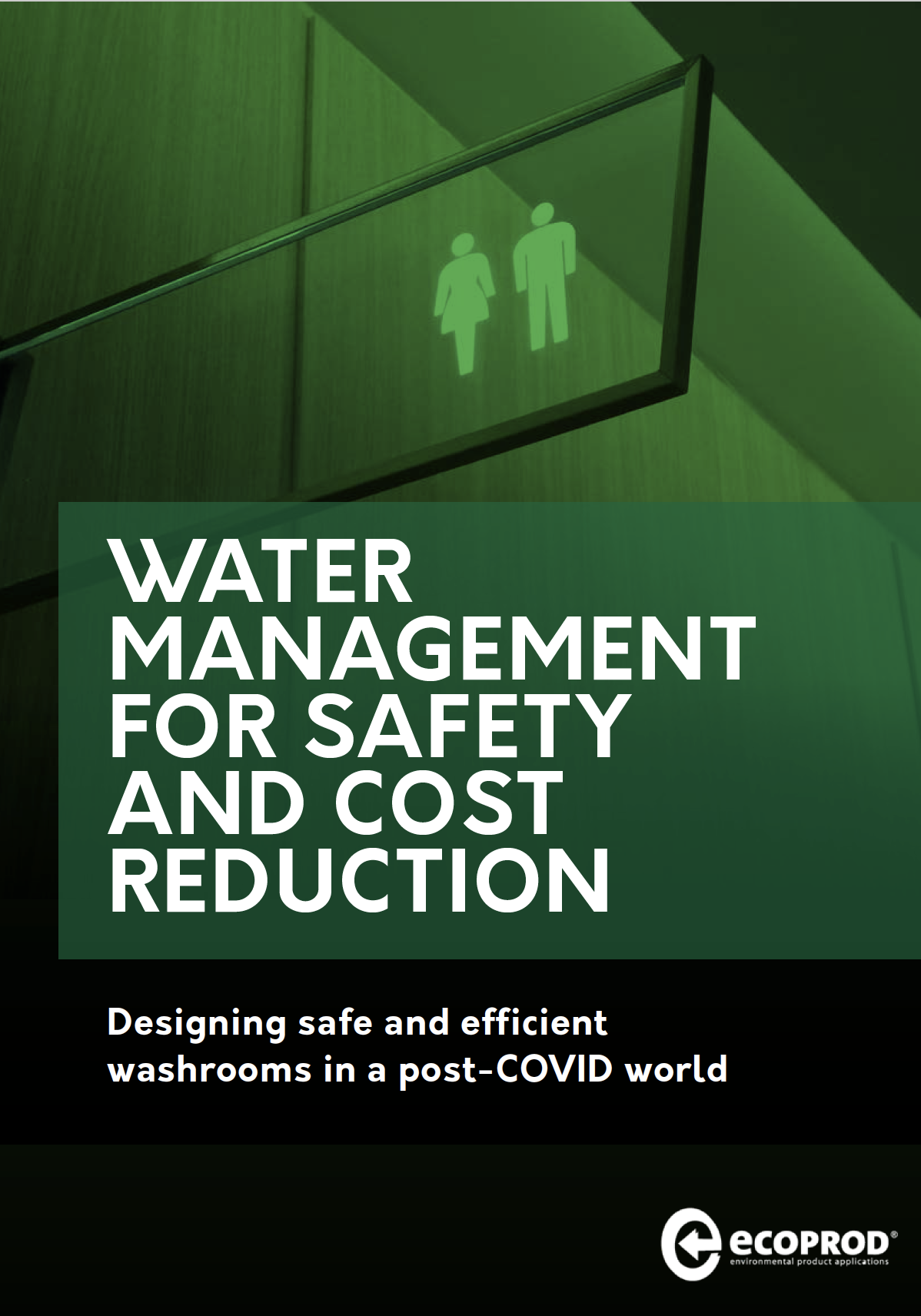

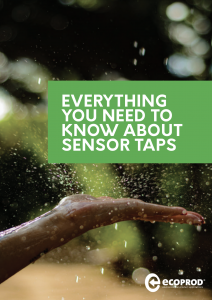

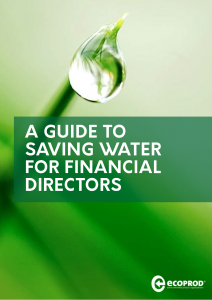
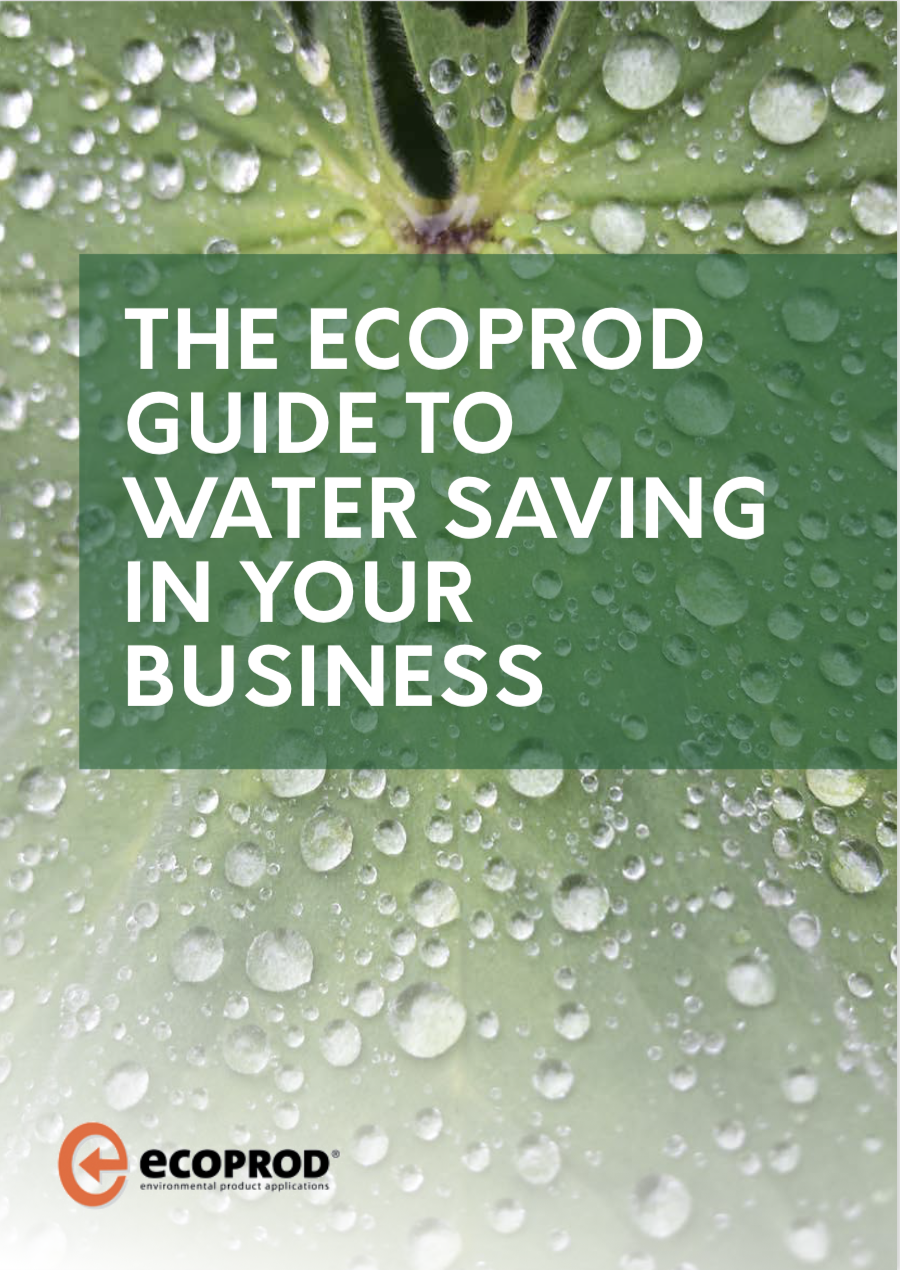
Comments are closed.